Staged yet so very, very simple – YLC’s Solveig Rundquist visits the Stockholm Fotografiska gallery to check out acclaimed photographer Paolo Roversi’s exhibition.

Skeppsholmen is looked upon as somewhat of a high-cultural mecca in Stockholm, the scene of prestigious and bold art gallery Moderna Museet (The Museum of Modern Art), the Architectural museum, the East-Asian museum, and Theatre Galeasen, known for its experimental productions.
But one of the true gems of art in Stockholm truly is a diamond in the rough – not polished and poised on Skeppsholmen, nor on dandy Djurgården, but hidden inside an old customs house near the Slussen shipyard.
Fotografiska (or Fotografiska museet) is frequently called a museum, but that’s somewhat of a misnomer. The artwork is constantly changing and remarkably modern – it’s more of a contemporary art gallery than anything else. And an excellent one at that. Fotografiska is very focused and doesn’t dabble in other art forms, just photography – but features an enviable and ephemeral sortiment of world-class photography at any given time. Galleries generally linger for about three months before taking off elsewhere, giving Stockholmers one season to see the art.
YLC decided to use a rainy Friday evening to check out Paolo Roversi: Secrets, on exhibit until January 12th, 2014. Roversi, an Italian fashion photographer who has worked all over the world, had the majority of his career in Paris and worked for magazines such as Elle and Depeche Mode before starting his own studio.
Roveri works mostly in black and white, and as simple as possible. The majority of his images are taken straight-on and rather close-up, in an empty studio with a dark blanket in the background.
“My photography is more subtraction than addition,” Roversi’s words, displayed at the entrance to the gallery, explain.”We all have a sort of mask of expression, and I try to take all these masks away and little by little subtract until you have something pure left.”
The result is a perplexing blend of confrontation, intimacy, and aloofness. Models, mostly female and mostly nude, gaze straight into the camera or slightly off to the side, exposed but oh-so-nonchalant.
“I feel that it is more accurate to say that we give a picture than that we take a picture,” Roversi says.
“It is all about building trust. I see every image as a portrait. . . the person and the relationship between me and who I work with comes first.”
His words are intriguing but puzzling – like the images themselves. How can the pictures be so pure and simple and yet so staged? In several of the images women pose dramatically in outrageous outfits – he is after all a fashion photographer – and in others women kiss passionately, one looking away and one gazing straight into the camera. One has to wonder how the situation came about. What is the relationship there?
We’ll never know. Roversi has created a world of his own, suspended somewhere between dream and reality. That world is epitomized in my personal favorite image, which shows the reflection of a pair of high-heeled shoes in an empty room. Whose shoes are they? Where did they go? Why did they leave them there? No one truly cares about the shoes; it’s the person who wore them and who has now moved on that intrigues us. But that information is out of our reach.
All we have is a moment of limbo with high-heels.
“I do not want to explain my pictures,” says Roversi. “I prefer the mystery.”
Most of the images in the exhibit were taken between 1997 and 2006, but the 66-year-old’s photography has a distinct vintage feel and seems strangely at odds with the speed and noise of the modern streets outside. The thin, fragile but brazen models seem ethereal.
Fotografiska itself does a phenomenal job of letting the artwork stay in the focus. Soft lighting and soft gray walls compliment but do not distract from the photography, and a few white chaise lounges let visitors pause for a closer look at certain points. Emerging from the dim exhibit is almost like emerging from an underwater dive, and you can’t help but inhale deeply as you feel yourself leaving one world and entering another.
It’s a remarkable world, one always changing but not in the same way as the world we live in. And if you ever feel like escaping into shadowy photography halls, you now know one of YLC’s favorite art haunts. See you there!
Fotofrafiska is open from 9:00 am to 9:00 pm Sunday through Wednesday, and from 9:00 am to 11:00 pm Thursday though Saturday. Adults 120 SEK, students and seniors 90 SEK, and children under 12 free.
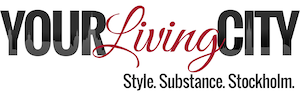
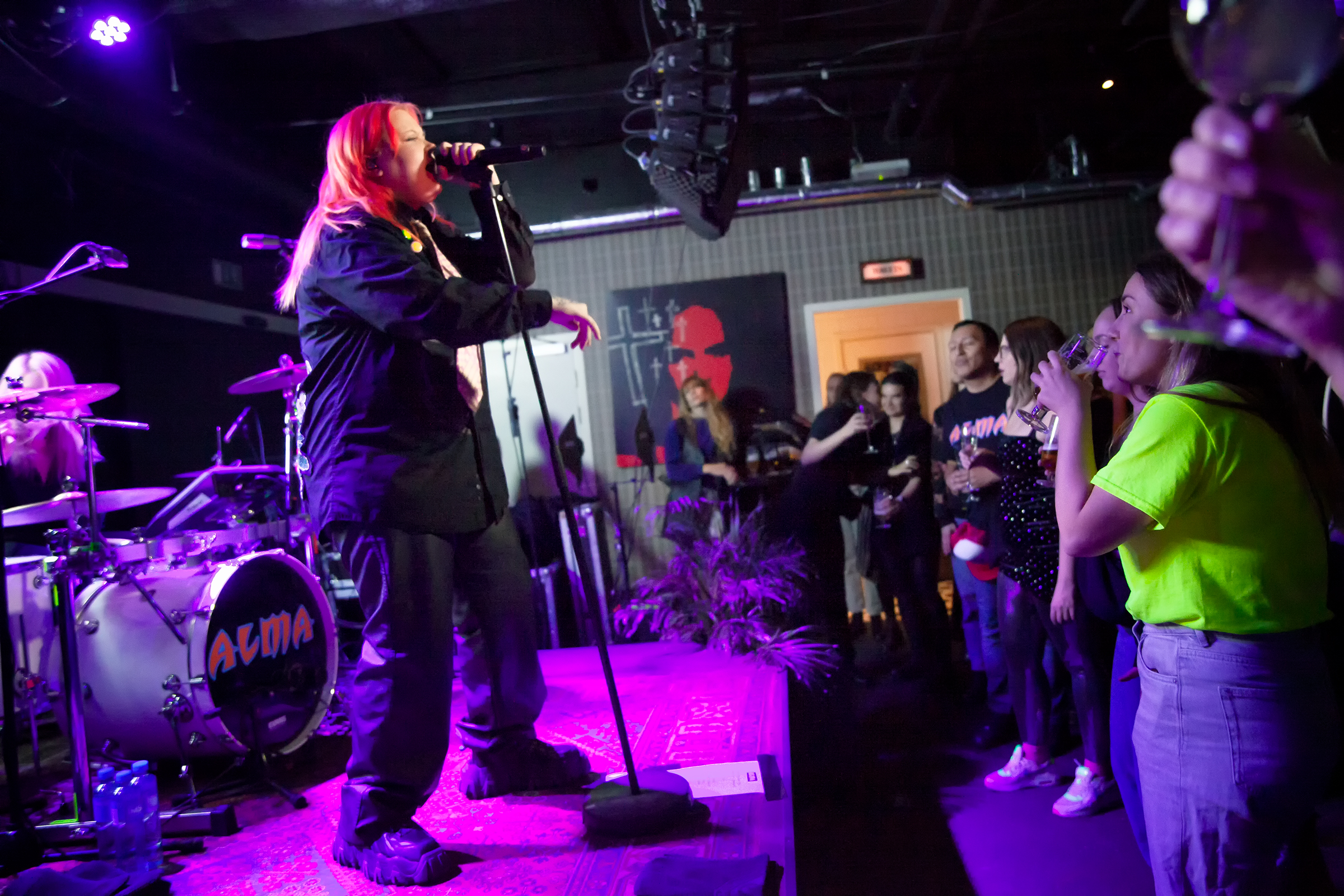
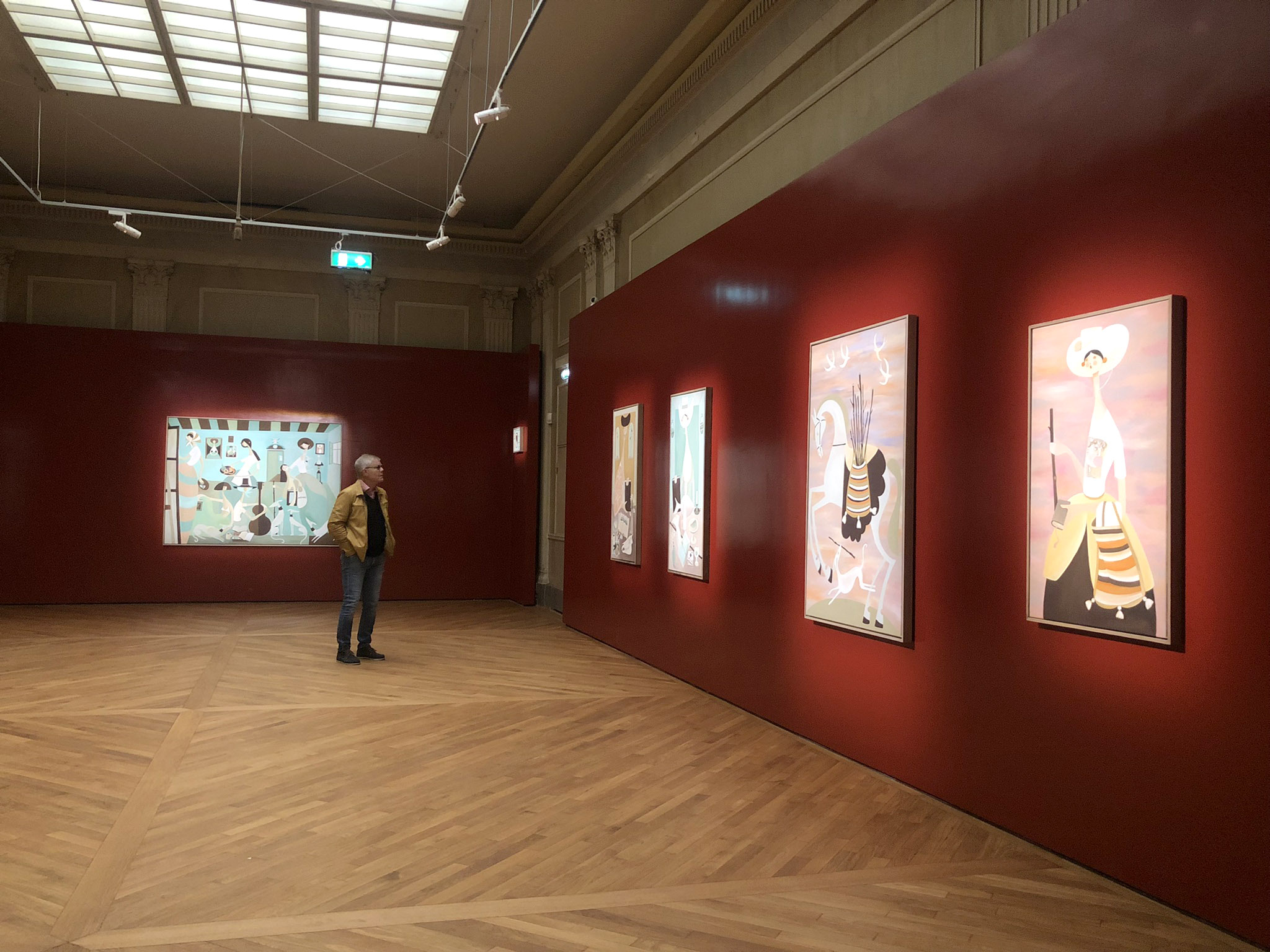
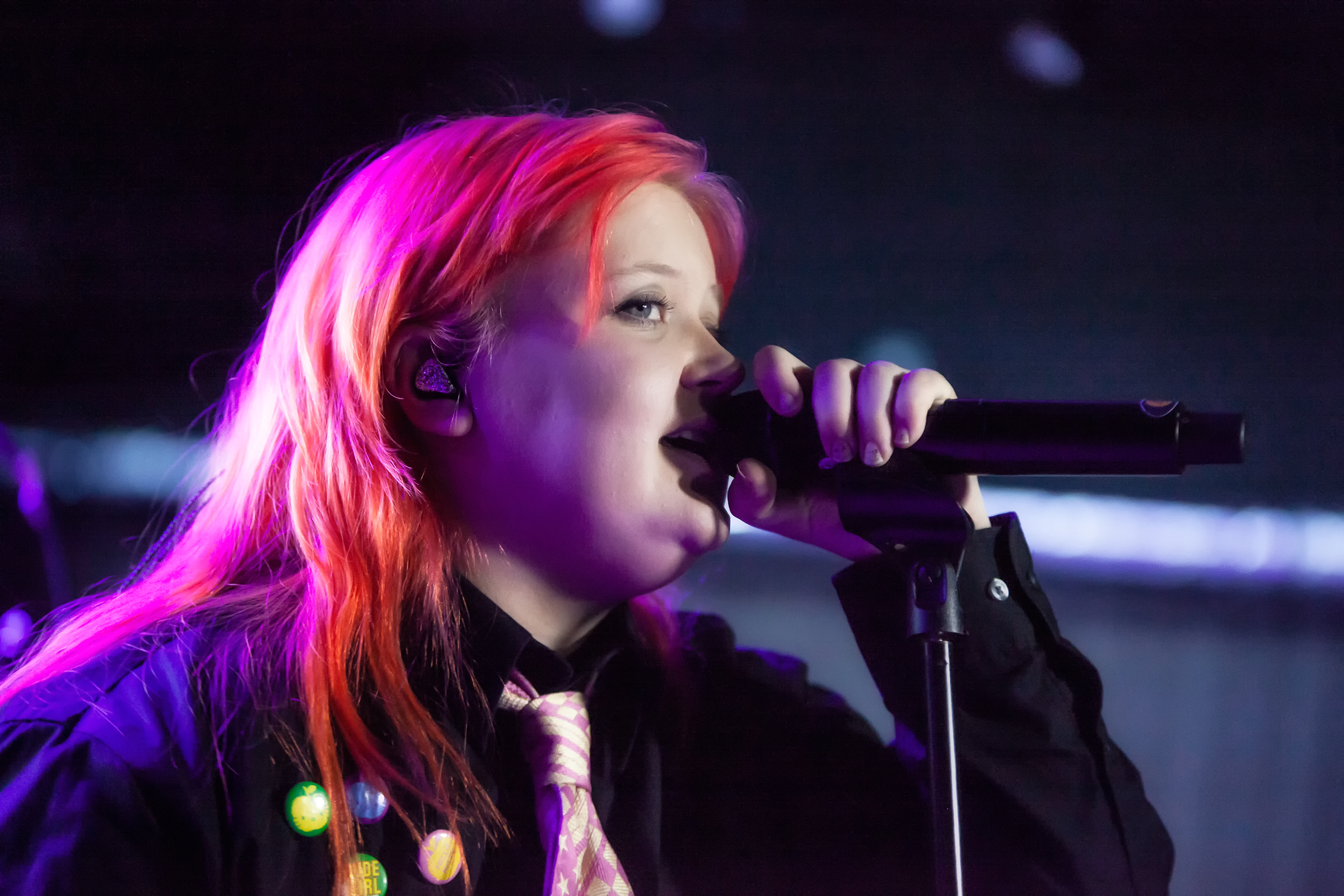

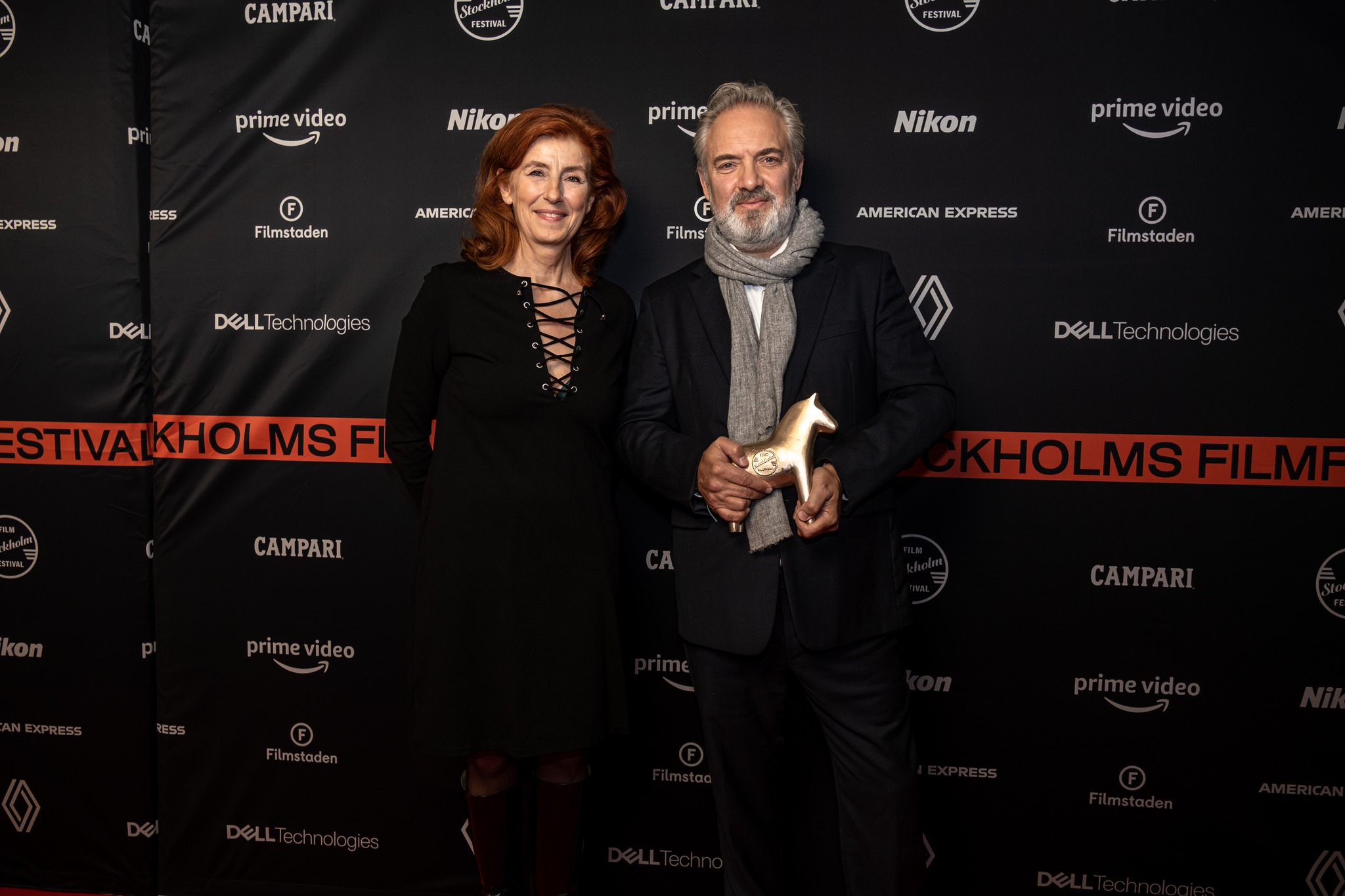
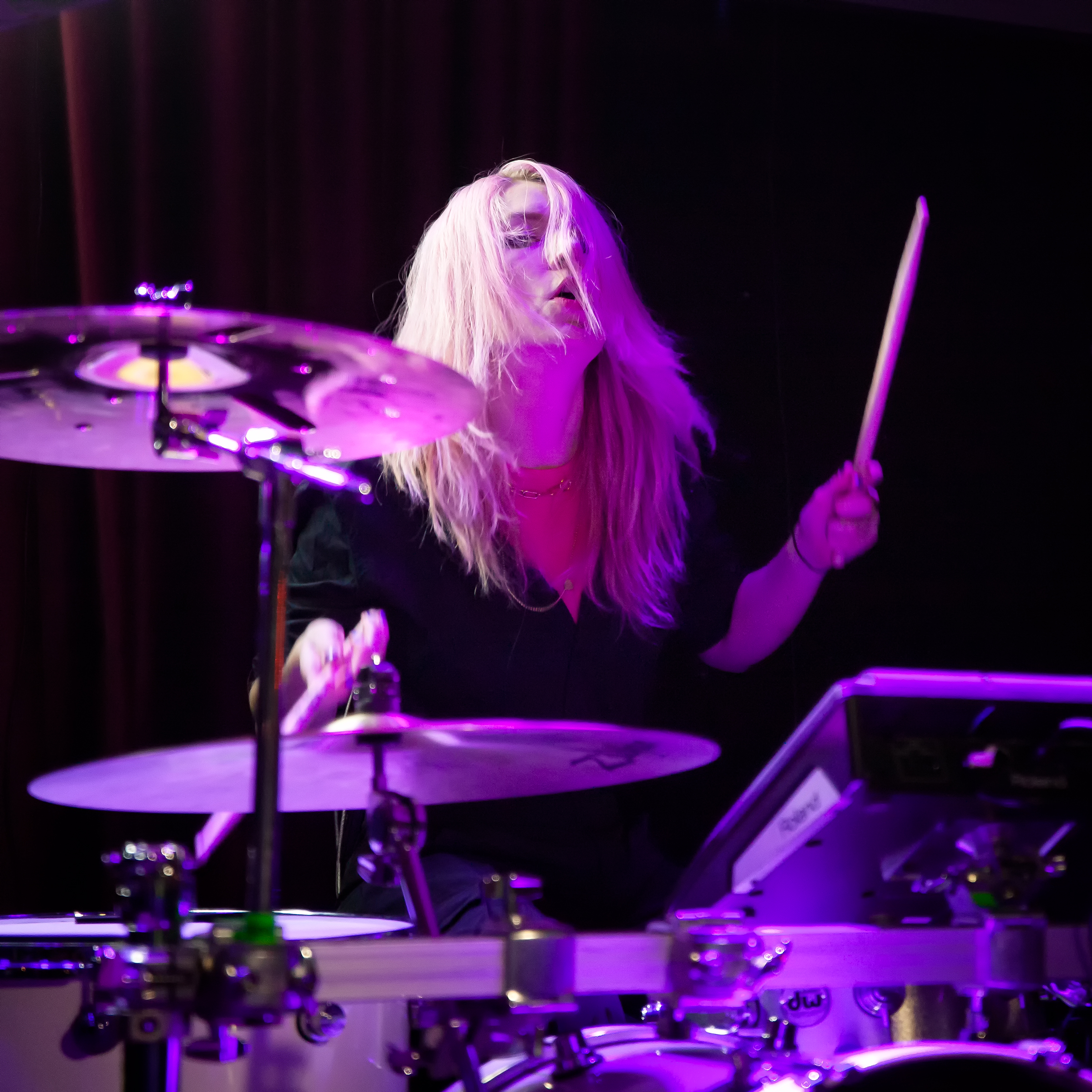


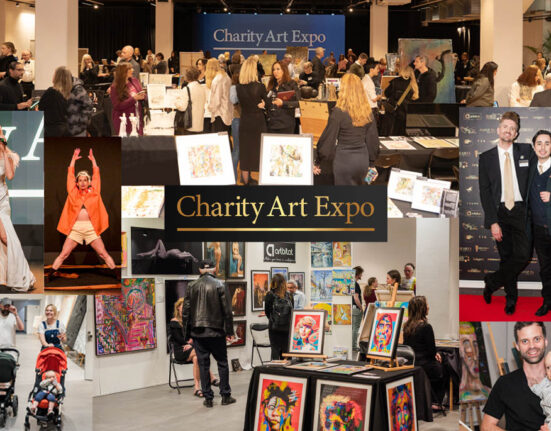
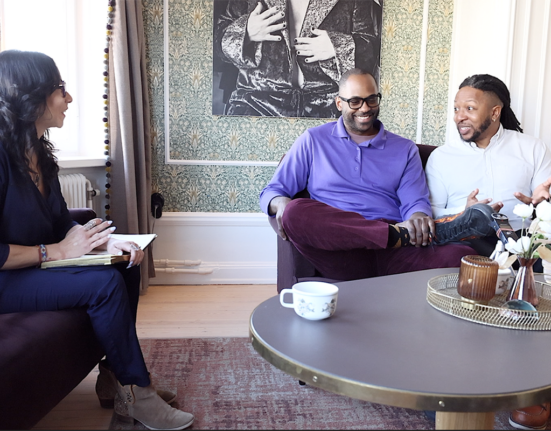
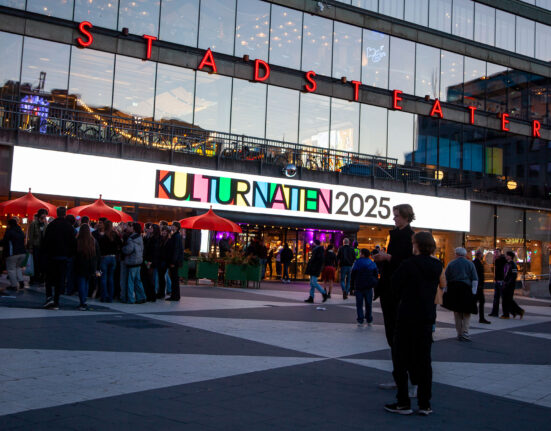


1 Comment